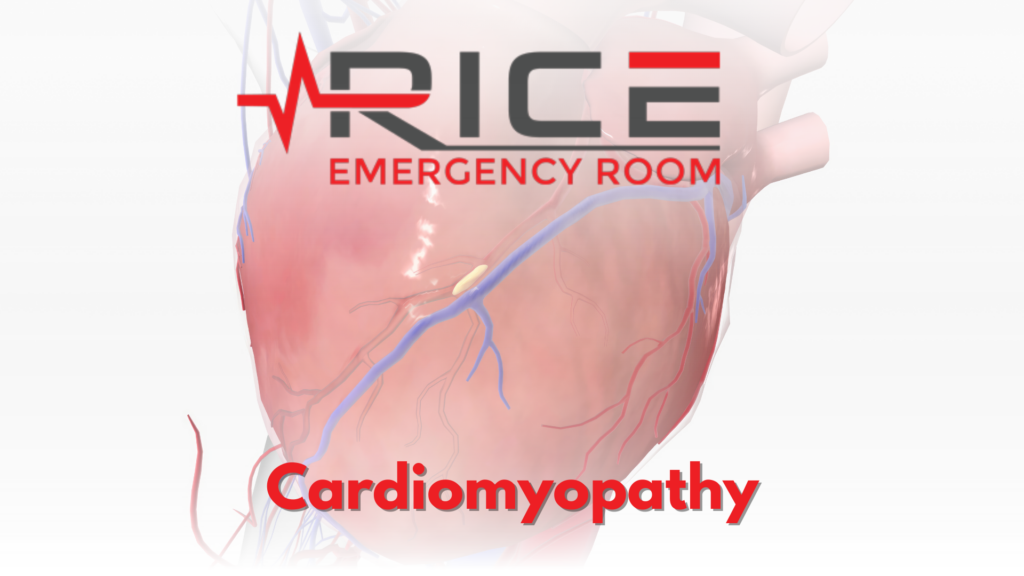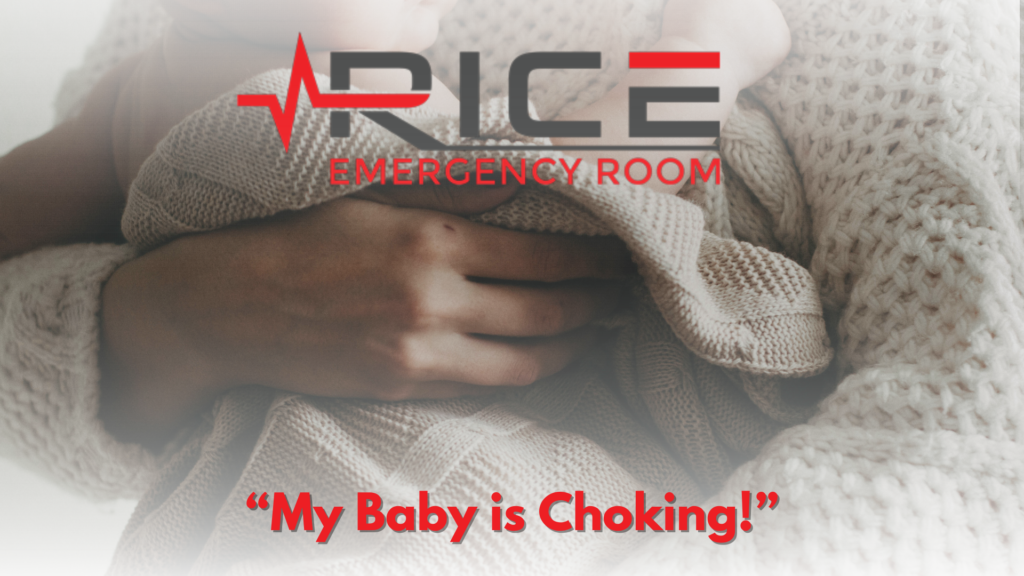Chest pain can often feel alarming, immediately leading many to think of severe heart issues. While it’s true that heart conditions can indeed cause chest pain, it’s essential to understand that this symptom can be attributed to various other causes. From the lungs and digestive systems to muscles and bones, discomfort in the chest can originate from multiple sources.
In the United States, chest pain ranks as the second most common reason for visiting the emergency room (ER), resulting in over 8 million ER visits annually. Thus, it’s crucial to remember: anytime you experience chest pain, seeking professional medical advice is always the best course of action.
Symptoms
Chest pain can present in various ways, and its symptoms can vary greatly depending on the underlying cause. Here are some common symptoms associated with chest pain:
Heart-related Chest Pain: This type of chest pain, often associated with conditions like heart disease or heart attacks, presents as discomfort rather than sharp pain. Symptoms can include:
- Pressure, fullness, burning, or tightness in the chest
- The crushing or searing pain that radiates to the back, neck, jaw, shoulders, and one or both arms
- Pain that lasts more than a few minutes worsens with activity, comes and goes, or varies in intensity
- Shortness of breath
- Cold sweats
- Dizziness, lightheadedness, or weakness
- Racing heartbeats
- Nausea or vomiting
Non-Heart-related Chest Pain: Chest pain not related to the heart is usually associated with symptoms such as:
- A sour taste or a sensation of food re-entering the mouth
- Trouble swallowing
- Pain that improves or worsens when you change body position
- Pain that intensifies when you breathe deeply or cough
- Tenderness when you push on your chest
- Pain that continues for many hours
It’s important to note that heartburn, characterized by a painful, burning sensation behind the breastbone, can sometimes mimic heart-related chest pain. Issues with the heart or stomach can cause this discomfort. (Mayo Clinic)
Diagnosing Chest Pain
Diagnosing chest pain involves looking at different possible reasons, such as heart problems, lung issues, stomach troubles, or even panic attacks. Some of these can be serious and need quick medical attention.
Heart-Related Causes – A heart attack is characterized by chest, jaw, neck, or back pain, arm or shoulder pain, lightheadedness, and shortness of breath, requiring immediate medical attention.
Myocarditis involves heart inflammation, causing chest pain, breathlessness, and irregular heartbeat, usually due to a viral infection.
Angina is squeezing chest pain due to inadequate blood flow to the heart, often linked with coronary artery disease.
Conditions like aortic aneurysm, dissection and coronary artery dissection involve tearing or rupturing in arteries, triggering severe pain and necessitating urgent medical care.
Pericarditis is inflammation of the heart’s sac, causing severe chest pain and potential obstructive shock.
Mitral valve prolapse involves a heart valve not closing fully, potentially causing chest discomfort and fatigue.
Hypertrophic cardiomyopathy is a genetic condition where the heart grows too thick, causing chest pain, rhythm changes, breathlessness, dizziness, and swelling.
Lung-Related Causes
Pulmonary hypertension, pleurisy, pneumonia, pulmonary embolism, COVID-19, tuberculosis, asthma, and collapsed lung can cause chest pain. Symptoms commonly include breathlessness, faintness, fever, coughing, wheezing, and discomfort when breathing or moving. Some of these conditions, like pulmonary embolism and pneumonia, can be life-threatening and require immediate medical attention.
Others, such as asthma and tuberculosis, are chronic but manageable with proper treatment. COVID-19, a viral infection, can cause persistent chest pain and respiratory symptoms.
Stomach-Related Causes
Digestion-related conditions like pancreatitis, esophageal spasms, esophageal hypersensitivity, esophageal rupture, peptic ulcers, and GERD can result in chest pain. Symptoms vary but commonly include abdominal pain, difficulty swallowing, nausea, vomiting, and heartburn. Treatments range from medication to lifestyle changes. (Medical News Today)
When to go to the ER?
Suppose you experience persistent, severe chest pain, shortness of breath, nausea, or radiating pain. In that case, it’s crucial to visit the ER immediately, as these symptoms may indicate a heart attack. New or sudden chest discomfort accompanied by other worrying signs warrants immediate emergency care. (Cleveland Clinic)
In conclusion, chest pain can be a symptom of various heart and lung conditions, each with unique characteristics and severity. It’s important to remember that chest pain should never be ignored. If you suspect you are having a heart attack, call 911 or transport to the nearest emergency room.
Works Cited:
Mayo Clinic. “Chest Pain.” Mayo Clinic, Mayo Foundation for Medical Education and Research, 3 Mar. 2023,
www.mayoclinic.org/diseases-conditions/chest-pain/symptoms-causes/syc-20370838.
Medical News Today. “Chest Pain: 27 Causes, Symptoms, and When to See a Doctor.” Medical News Today, MediLexicon International,
www.medicalnewstoday.com/articles/321650.
Cleveland Clinic medical, Cleveland Clinic medical. “Chest Pain: Heart, Lungs and Beyond.” Cleveland Clinic, my.clevelandclinic.org/health/symptoms/21209-chest-pain#:~:text=If%20you%20have%20chest%20pain,pain%20can%20be%20life%2Dthreatening.




